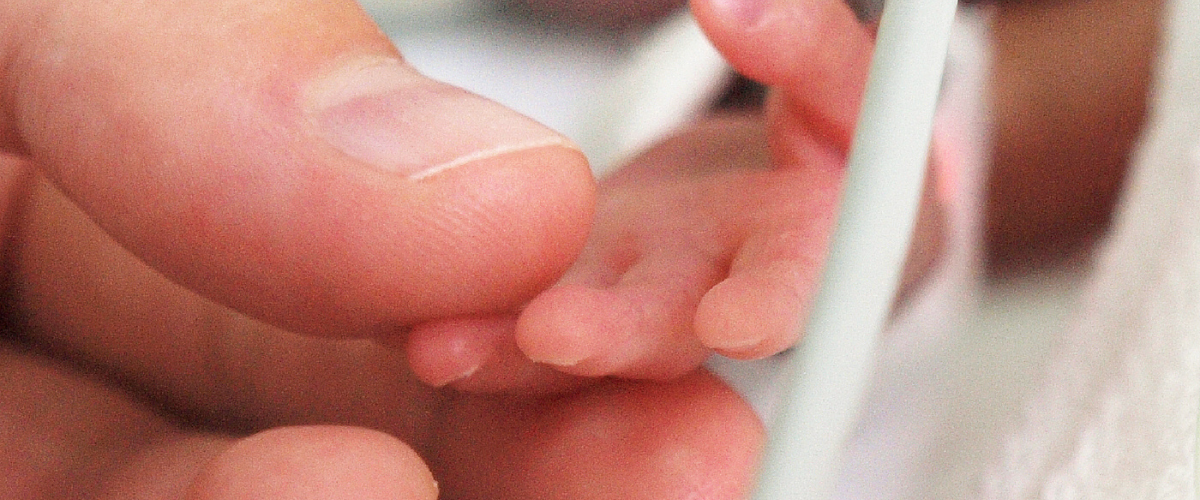| Last updated on October 23, 2023
After a patient or loved one has begun treatment for a stressful diagnosis, the last thing they need is a setback or threat to recovery like a catheter related bloodstream infection.
The physical, emotional and mental toll that catheter related bloodstream infections and other healthcare associated setbacks have on patients can be debilitating and heartbreaking.
Catheter related bloodstream infections – otherwise known as CRBSIs – have a 25% mortality rate, can significantly increase the length of hospital stays and lead to higher treatment costs.
To help bring more awareness to CRBSIs and the technology that can be used to prevent them, we have curated the facts, expertise and recommendations from medical experts in the field below.
In this article, access information on:
- What a CRBSI is
- How CRBSIs occur
- How to treat CRBSIs
- How to prevent CRBSIs
Key takeaways:
- CRBSIs reduce the quality of life of patients, significantly increase the length of a hospital stay and overall treatment costs
- CRBSIs may account for 10% of all health care-associated infections, and are associated with a mortality rate of 25%
- With the right precautious, care and technology CRBSIs can be prevented
What is a catheter related bloodstream infection?
Health care-associated bloodstream infections can occur and be associated with:
- Peripheral IV lines
- Central lines
- Arterial lines
A bloodstream infection is diagnosed when bacteria or fungal microorganisms are found in the blood.
A catheter related bloodstream infection - or CRBSI - is an infection that occurs in the bloodstream due to germs that have come directly through the catheter.
A CRBSI differs from a central-line-associated bloodstream infection (CLABSI) in that, as outlined by the CDC, a CLABSI occurs in patients who “had a central line within the 48-hour period before the development of the bloodstream infection (BSI).”
Sometimes these two terms are used interchangeably, but their meanings differ and CRBSIs are directly linked to the catheter as the origin of the CSI.
How do catheter related bloodstream infections occur?
According to the CDC, catheter related bloodstream infections occur when germs enter into the catheter and travel into the veins.
Catheters must be touched in order to administer medications or draw blood – and poor hand hygiene is a leading cause of CRBSIs.
Germs are ever-present, and often harmless if healthcare providers, caregivers, and patients take proper care of the management and protection of catheter insertion sites.
Usually, these germs are introduced to the catheter by hands that touch the insertion site, surrounding skin flora or by improper protection of the insertion sites due to lack of clean dressings.
Bacterial infections are most likely to occur in patients with long-term catheters who regularly need fluids injected into the body – for instance, hemodialysis patients, who routinely have fluids administered through catheters.
Symptoms of a catheter related bloodstream infection
Someone with a CRBSI may notice symptoms of redness, irritation and pain around the insertion site, as well as fevers, chills, and aches.
The Cleveland Clinic states that catheter related bloodstream infections are very serious because they can lead to sepsis or septicemia, which is the medical term for germs that lead to infections of the bloodstream which spread throughout the body.
According to the NIH, someone experiencing sepsis may notice more severe symptoms, such as confusion and disorientation, rash all over the body, rapid heart rate or breathing, and in extreme cases can lead to death.
Sepsis is the leading cause of death in hospitals worldwide.
Fortunately, catheter related bloodstream infections are treatable and preventable. Keep reading to learn more.
How do you treat a catheter related bloodstream infection?
Although serious, catheter related bloodstream infections are treatable, and most patients who experience CRBSIs or sepsis recover completely following treatment.
According to the CDC, most CRBSIs are treated with antibiotics. In some cases the catheter may need to be removed completely in order to fully treat the infection.
While CRBSIs are treatable, it's best to prevent them in the first place to limit the toll they can take on patients, their caregivers and care providers.
How to prevent catheter related bloodstream infections?
Many patients that deal with CRBSIs are already vulnerable due to the health challenges they’re facing that necessitated having a central line inserted. The last thing these patients need are infections that can increase discomfort and potentially be a setback to healing and recovery.
Patients deserve to be free of the fear of infection – which is why Covalon has designed specialized medical technology that helps to protect even the most vulnerable patients from infection.
Along with infection control methods like hand hygiene, site care checklists, catheter hub disinfection, patient education and more, using the right technology like transparent environmental barriers designed to protect line connections from external contaminants can help protect and guard lines against infection.
If you’re a healthcare professional looking for innovative ways to guard and protect your patients from infections, try ValGuard today to see the benefits.
References
Oxford Academic: Catheter-related bloodstream infection
CDC: Terminology - Bloodstream Infections
CDC: Centra- Line-associated Bloodstream Infections
National Library of Medicine: Catheter-Related Bloodstream Infections
CDC: FAQ’s about Catheter-Associated Bloodstream Infections

Katherine is Senior Director of the Clinical Affairs Department at Covalon Technologies which works directly with clinician, patient, and caregiver stakeholders to offer innovative compassion-driven solutions.




















